| TALES OF HEATH & POND |
VISITOR'S GUEST BOOK | HISTORY OF THE HEATH & POND | GUESTS' PHOTOGRAPHS | SOURCES OF INFORMATION | VIDEOS | SITE MAP |
American Pekin
To see a larger copy of each image click on it; to see the next large image click at the right of the image, to go back click on the left of the image. To close a large image click on the cross in the top right hand corner.
New photographs are usually added to the bottom of the page - click to go to the bottom of this page
2020 |
October |
|
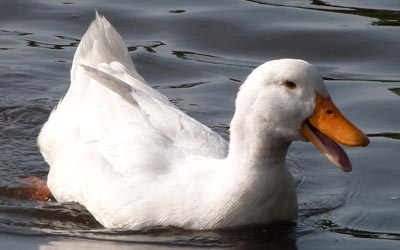 |
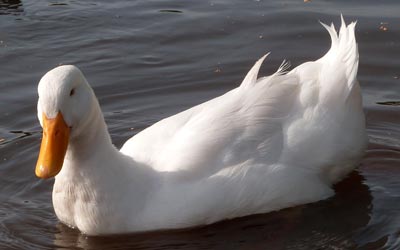 |
|
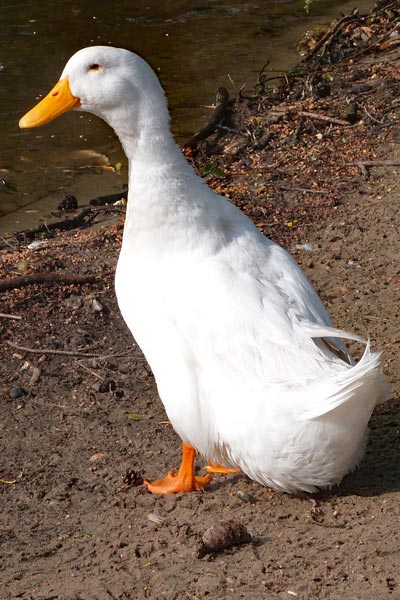 |

The Pekin Duck dates back to at least 2500 BC, when it was being farmed in China’s Pekin (now known as Beijing). The American Pekin is a large, hearty bird that doesn't feel as fragile as other common domestic ducks. They were introduced to America from China in 1873 by James E. Palmer, who started the American flock with six hens and three drakes. Palmer loaded fifteen birds on the ship, and only nine made the trip across the pond. Over half of America's commercial ducks today are Pekins! Ducks are scavengers, and they will eat just about anything that will fit into their mouths. Pekins are dabbling ducks, which means they get their food from land and the water's surface rather than by diving underwater. Although ducks will not overeat, they will devour unhealthy junk food. The Pekin duck cannot fly, and hence, one doesn’t need large fencing to keep them. However, they eat a lot of poop, and can be very noisy. They would get dirty quickly, if not given constant access to fresh and clean water. The ducklings grow very fast into heavy, big adults very quickly, with full-grown feathers by 6-8 weeks of age. The females would also begin laying eggs within 6 months from birth. |
|
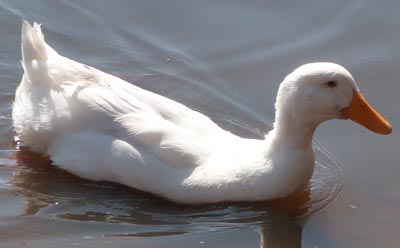 |
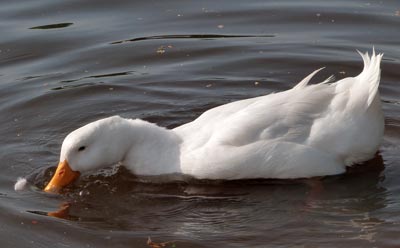 |
|
 |
||
2021 |
||
| Go to the top of this page | ||